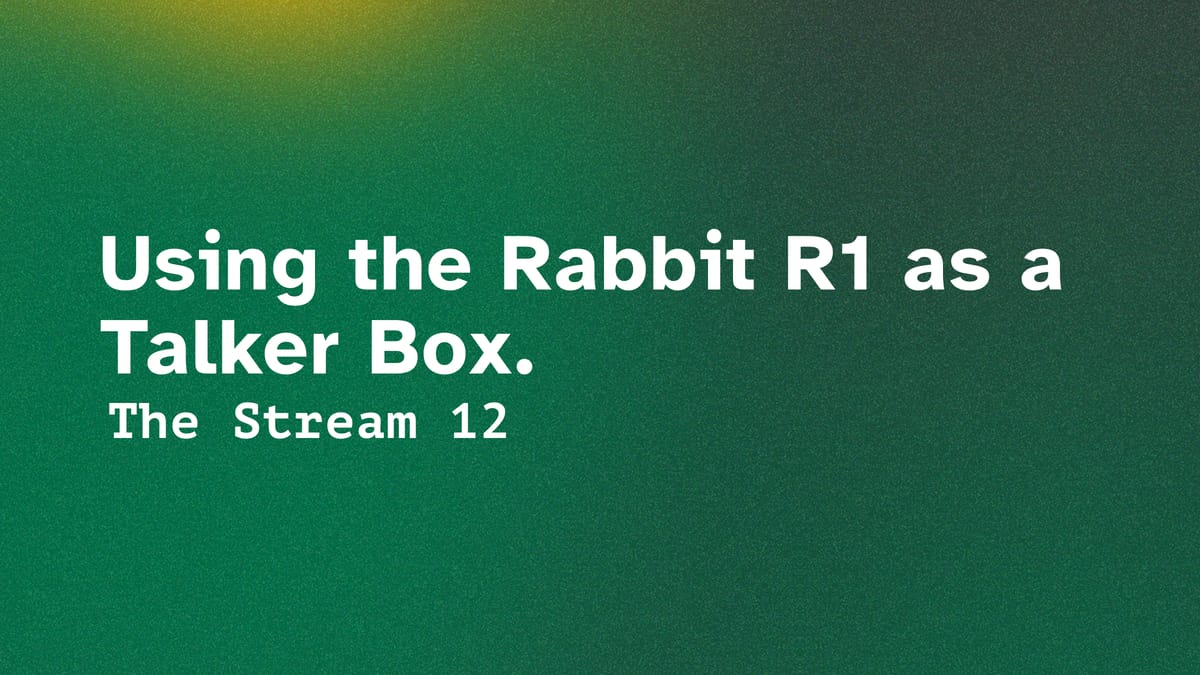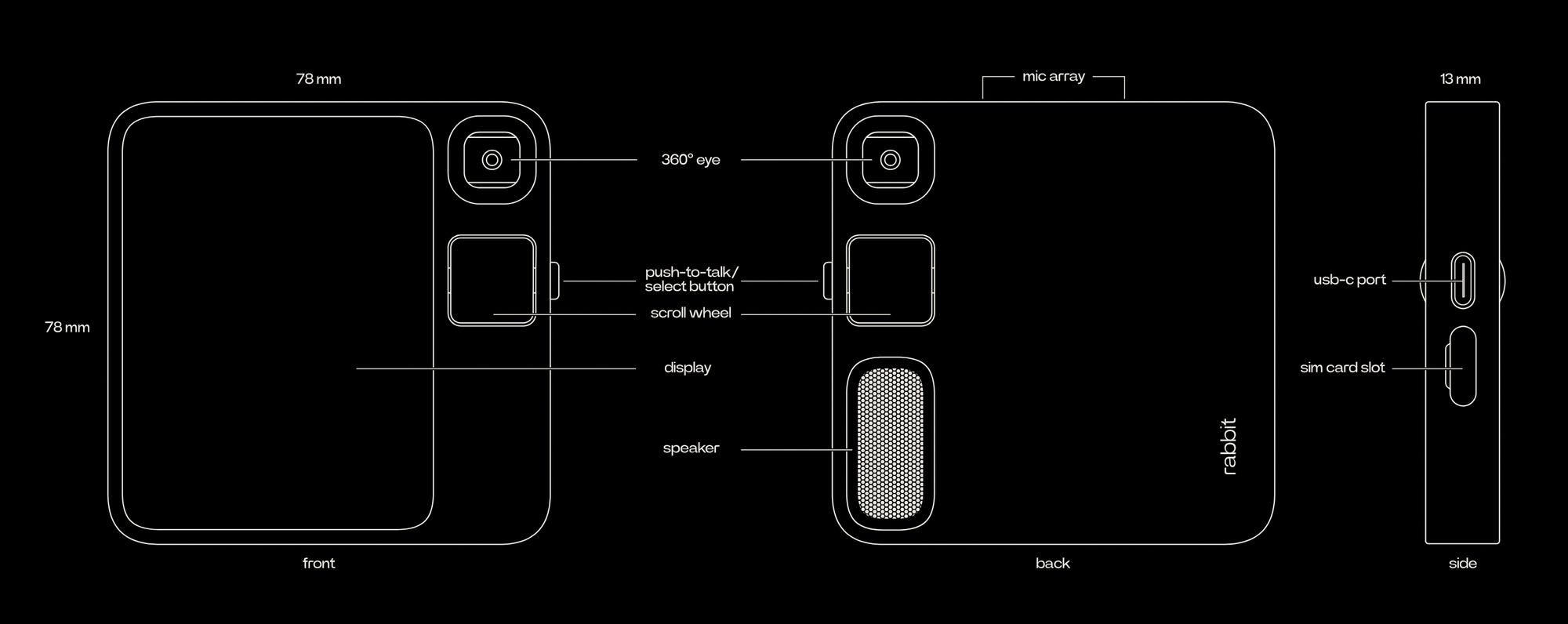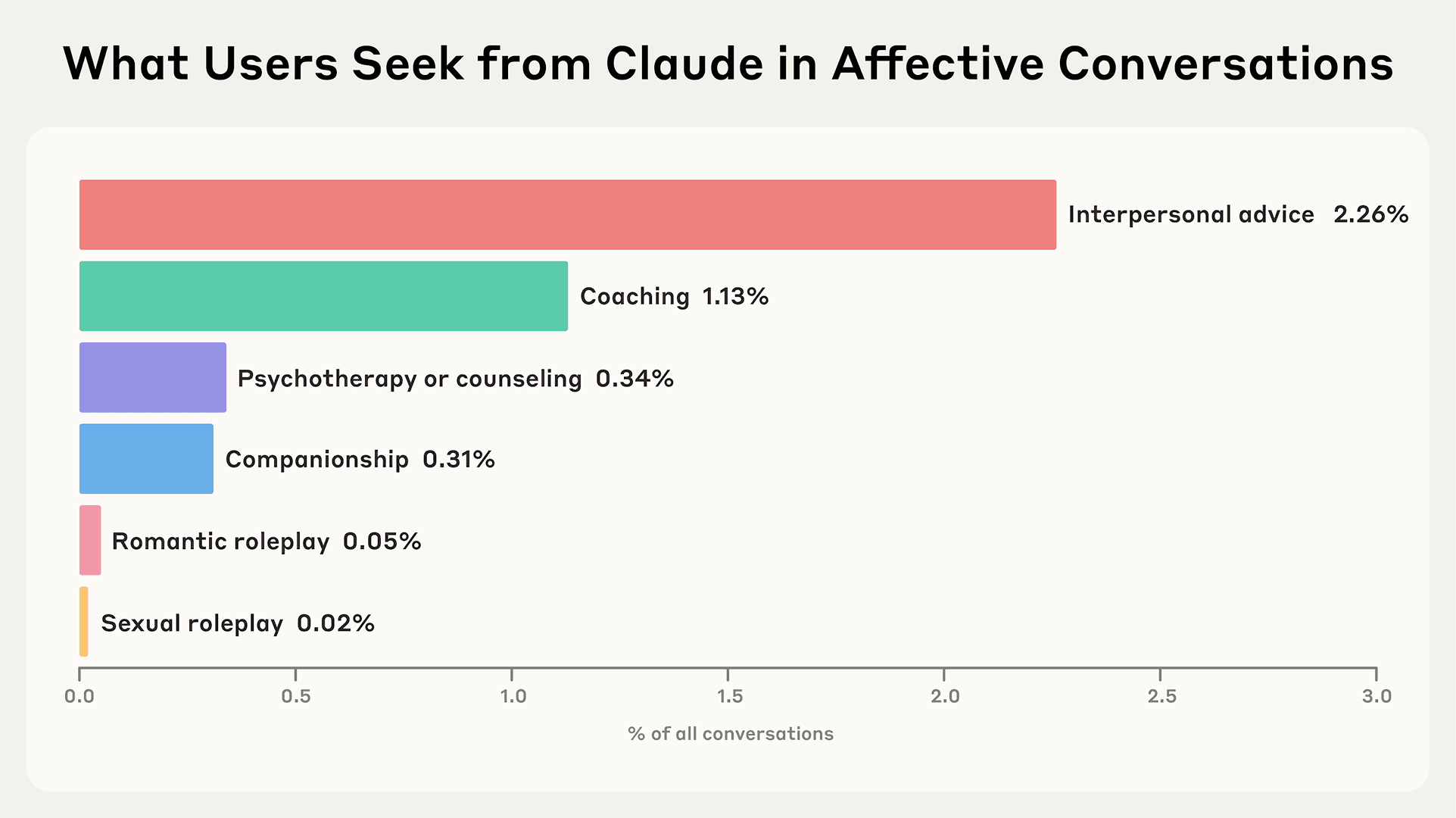(12) Using the Rabbit R1 as a Talker Box.
The Rabbit R1 might be a great hardware basis for building a useful talker box. It might be quite easy to turn it into a useful little tool for children with ASD. Hear me out:

This week's story:
- Making something useful of the Rabbit R1. The AI gadget launched with the premise of replacing your mobile phone through the use of agentic AI. Until today, that promise has not been delivered on. Effectively, it is a bad android phone. But one with an interesting form factor that might be useful as a tool for people with ASD.
Odd Lots – News and Research of the week:
- Anthropic finds that people don't really use generalist LLMs for therapeutic conversations. (Research)
- Organs-on-a-chip: an introduction. (Research)
- How much should health tech founders pay themselves? (Post)
The Rabbit R1 as a Talker Box.
Turning Shit AI Hardware into a Properly Useful Tool.
When the Rabbit R1 launched, it was billed as your always-on, do-it-all AI assistant. The marketing made big promises, but the product fell flat. Most early adopters unboxed it, logged in once, became disillusioned, and never used it again.
Despite the software flop, the hardware itself is mega cool. The device is compact, toy-like, and beautifully designed. It features a haptic scroll wheel and tactile buttons, all in a small non-phone form factor. As someone drawn to industrial design, I found the R1 to be a beautiful object, just misused.

A New Purpose: ASD Communication Device
That got me thinking. What if this failed gadget could be turned into something meaningful? Specifically, a communicator tool for non-verbal individuals on the autism spectrum.
For children, the device’s small form, bright color, and clear physical controls make it a solid match. Crucially, it’s not a phone, which avoids some of the distractions and social baggage phones carry. Nor is it a laptop. It occupies a unique middle space, which makes it appropriate for kids and young people who need a dedicated communication tool rather than a general-purpose machine.
I recently explored AR glasses as assistive devices for people with ASD. While promising in principle, they are too intrusive and fragile for kids. The Rabbit, by contrast, is sturdy, simple, and unintimidating. This is one of the few situations where the “third device” idea makes real sense.
The existing mascot branding could even be retained. Children could be greeted by the rabbit character within the UI, making it feel more personal and friendly.
Talker boxes kinda suck.
Talker boxes, also called speech-generating devices (SGDs), are tools designed to assist individuals who are non-verbal or minimally verbal in communicating. These devices have existed since the late 1970s, with early models using simple pre-recorded messages and physical overlays. Over time, they have evolved into complex touch-screen systems with symbol-based or text-to-speech interfaces, many built into tablets or standalone units.
Despite the technical progress, many current talker boxes are expensive, bulky, fragile, or overly complex. They often rely on unresponsive touchscreens, which may not be ideal for individuals with fine motor difficulties or sensory sensitivities. Others are locked into outdated proprietary software ecosystems. In this context, there is clear space for a new approach: a robust, affordable, physically intuitive device that fits the needs of children who are non-verbal.
Introducing Rabbit R1.1 Communicator
Here is what this could look like as a truly useful tool:
- No AI required, no hallucinations or unpredictability. All communication would be based on direct user input or structured choices.
- Scroll-wheel letter selection. Users could turn the haptic wheel to select letters, spelling out words and sentences. This allows slow but deliberate communication, with potential for word prediction and auto-complete.
- Icon mode as an option. A symbolic interface for selecting common needs or phrases using predefined categories.
- Minimal, readable interface. Clear visual feedback, no overload, no menus buried in submenus.
- Simple Android base. The device could run a purpose-built Android app, removing the need for custom firmware or complex builds.
- Mascot or avatar. The rabbit character could act as a visual guide, helping kids feel more at ease.
- Fully offline-capable. Everything should work without a connection, with optional sync features for parents, caregivers, or therapists.
- Growing with the user. The software could dynamically adapt with the age of the kid using it and be build to introduce those changes step by step.

Why this makes sense, at least to me.
The Rabbit R1 hardware is already built. It’s visually appealing, compact, and easy to handle. Instead of letting thousands of it rot in drawers, it could be repurposed as a low-cost, high-impact tool for kids who genuinely need communication support. Getting such hardware developed from scratch would be too expensive for this small market.
This would also be an open invitation to rethink what we mean by “smart” devices. Sometimes, the best assistive tech is not smarter. It is simpler, more intentional, and built for a specific use.
Want to build this?
If you’re interested in prototyping this or building a custom interface for the R1, get in touch. I have one lying around already!
Odd Lots.
Relevant Research and News of the week.
I. Anthropic breaks down mental health usage for Claude.

The company found that it's chatbot was being used for affective conversations quite rarely. This goes against some common narratives in the mental health space proclaiming this niche of AI use as the definitive use-case. But on the other hand, the those percentages imply that any at least medium term user of Claude, on average, used the Chatbot for an affective conversation once or twice. The research contains more detailed analysis of the reasons and situations in which people turn to AI for an emotional ear.
II. Putting organs onto computers.
There is a significant amount of research into OoCs, Organs on a Chip. They are application-specific mimics of the human physiology. They can be applied in research on pharmaceuticals etc. as human-like systems. This is a good introduction.
Bonus: Biological neurons are also a new computing opportunity: Company Cortical Labs has the first neuron-powered code-deployable computer on sale already.
III. How much should mental health tech founders pay themselves?
Turns out it can be quite a lot. And founder pay seems to disproportionally rise with round size. This is not surprising, as more ambition projects are usually led by senior researchers that can demand a larger paycheck. But read and judge for yourself.
Alright, that's it for the week!
Best
Friederich
Get the weekly newsletter for professionals in mental health tech. Sign up for free 👇

